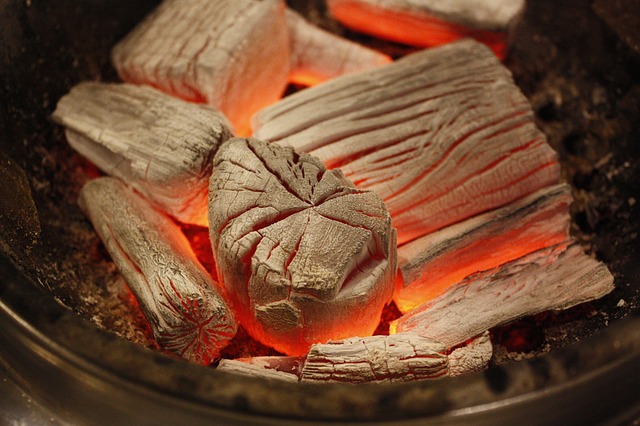A small team of chemists from Nankai University, Nanjing Tech University and Shanxi University, all in China, working with a colleague from Universidad San Sebastián, in Chile, has, for the first time, created a fullerene-like molecule made entirely of metal atoms.
In their paper published in the journal Science, the group describes how they created the molecule by accident while they were conducting research experiments with antimony, potassium and gold atoms.
A fullerene is a form of carbon where its molecules are connected by single and double bonds which result in the formation of a closed cage-like structure. It was first realized in 1985 and since that time analogous inorganic fullerenes have been created using a variety of compounds. But until now, none of them have been purely metal.
In this new effort, the researchers have found a way to create a fullerene-like, all-metal molecule, made with 20 antimony atoms, 12 gold atoms and one potassium.
The team found that it was possible to create such a molecule via crystallization by using a synthesis method that combined high-temperature solid-phase synthesis with organometallic chemistry.
In their process, they grew crystals made of the metallic fullerene-like molecule in the form of a dodecahedral cluster. In such a structure, the potassium atom sits at the center, while the antimony atoms form the vertices. A gold atom sits at the center of each face. The team describes their discovery as a complete surprise—they knew the crystals would be something new, they note, but did not know what it would be.
The research team notes that the molecule is very unstable, thus it likely would not prove useful for any known applications. But they also note that the bonding that was achieved provides insight into metal bonding in general, which could be useful in some types of research.
As an example, they point out that part of the structure, where two faces join side-by-side, forms a butterfly shape, which they describe as like a super atom because it represents a spherical aromatic. They conclude by suggesting that methods similar to theirs could likely be used to create other interesting and perhaps useful nanostructures.
More information:
Yu-He Xu et al, An all-metal fullerene: [K@Au12Sb20]5–, Science (2023). DOI: 10.1126/science.adj6491
© 2023 Science X Network
Citation:
A fullerene-like molecule made entirely of metal atoms (2023, November 26)
retrieved 26 November 2023
from https://phys.org/news/2023-11-fullerene-like-molecule-metal-atoms.html
This document is subject to copyright. Apart from any fair dealing for the purpose of private study or research, no
part may be reproduced without the written permission. The content is provided for information purposes only.






